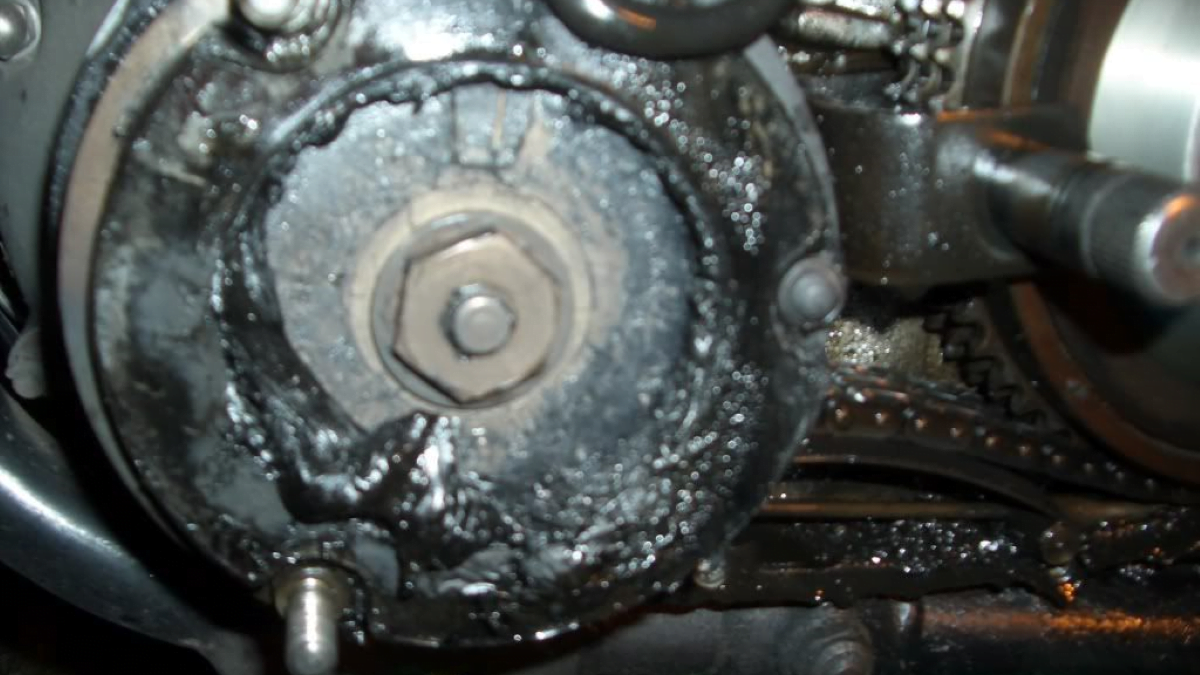Depends on how you fitted the inner case in the first place, and the condition of the machine faces.I backed the support nuts off from both sides of the inner primary and waited to reset distances and tighten back up until after I tightened up the four studs around the crank. Would this not be sufficient?
Thanks,
Anthony
One Mk3 i was asked to sort out had a combination of errors build up to cause rotor/stator problems all stemming from a stiff wiring harness.
The owner had fitted a cloth covered wiring harness (these are not correct and are a pain to deal with, the cloth covering is superglued at the ends so stripping the harness is a real PITA and they are as stiff as a board) and in the process kinked the oil tank breather, this caused the crank oil seal to blow.
He then stripped the primary drive to get to change it, damaged the crankcase with the sprocket puller (screwed the bolts in too far) , forgot or didn't bother to clean the gasket faces, consequently the case didn't sit flat and hence the stator touching.


